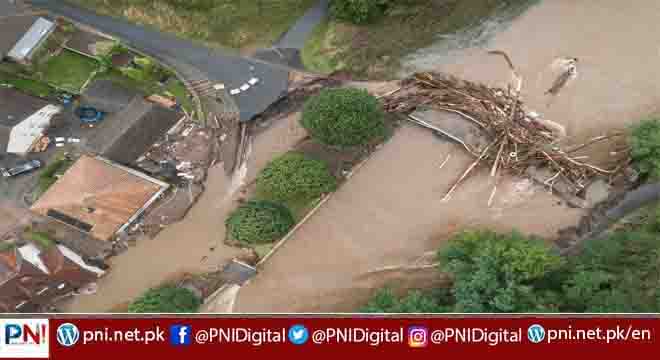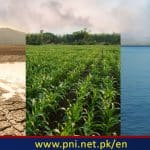PESHAWAR, Dec 27 (APP): International community is urged to take destruction and damages caused by disastrous flooding in Pakistan as a test case and initiate practical measures to build long-term and robust resilience in a manner that we do not have to meet emergencies again and again.
“Rebuilding again after a climate-induced disaster is not the solution that can help countries like Pakistan, we need to build for the better to withstand greater pressures,” observes Dr. Arjumand Nizami, Country Director Helvetas Pakistan.
These views were expressed by her in a virtual message sent during the recently held Climate Change Conference (COP 27) in Sharm el-Sheikh.
“In a longer term we have to rethink and revisit our concept of development,” opined Dr. Arjumand who has 29 years of work experience in development cooperation.
The high emitting countries need to fast track emission reductions and spend more on providing low emitting countries with stronger and well governed adaption solutions, she proposes.
“Today its Pakistan, tomorrow it can be some other country because there are eight hundred million people living in climate hot spots and we should not wait for another disaster to happen,” she warned.
“Now its time for international community to actually translate promises made in different conferences into action,” Dr. Arjumand remarked.
Pakistan being a badly hit country due to monstrous flooding need technical support of world community, but not as an act of charity but as fair compensation of losses particularly from global north, she advocates.
Disaster of this space enhances existing challenges of malnutrition, diseases, inefficiency in food system, water scarcity, social injustices, gender inequalities and to overcome these problems which we are also facing after recovering through the damage wreaked by floods, there is a need to built for the better to withstand greater pressures, she reiterated.
Dr. Arjumand also apprised participants about the scale of damage and destruction caused by unprecedented rainfall and flooding in Pakistan.
She said out of total of 160 districts, 81 were officially declared as `calamity hit’ and 40 were categorized as `flood affected’, making a total of 75 percent of the country.
This is not the first or last disaster the country is facing, Dr. Arjumand opined and presented three examples of her assessment of climate change turning into human disasters in recent years.
Elaborating her assessment of climate disasters one by one, she said most of these districts affected by rain and floods specially in Baluchistan and Sindh are repeatedly facing drought emergency and heatwaves for the last several years.
This contrasts of water deficiency and extreme water reflects the fact that these areas are facing climate extremes and are not capable of receiving so much water all of a sudden and in such cases people have to suffer.
The second example of climate extreme in Pakistan is melting of glaciers with an accelerated pace, she said while sharing three satellite images of one of the largest glaciers of Pakistan, Baltoro.
The pictures taken in March 2011, March 2016 and September 2019 clearly show fast melting of ice and creation of several hundreds of lakes in the alpine region.
The third example, she continued, is poverty because floods have hit that parts of the country where lots of poor population live who mostly rely on agriculture and livestock while both of the sources of livelihoods have been taken away from them by ferocious flood water.
“We could have done better with better infrastructure, preparedness and emergency management and for this we need world community as a fair compensation of our losses,” she surmises.
While concluding, Country Director Helvetas reiterated her urge of rethinking and revisiting our concept of development for a longer term solution of such climate change disasters.







